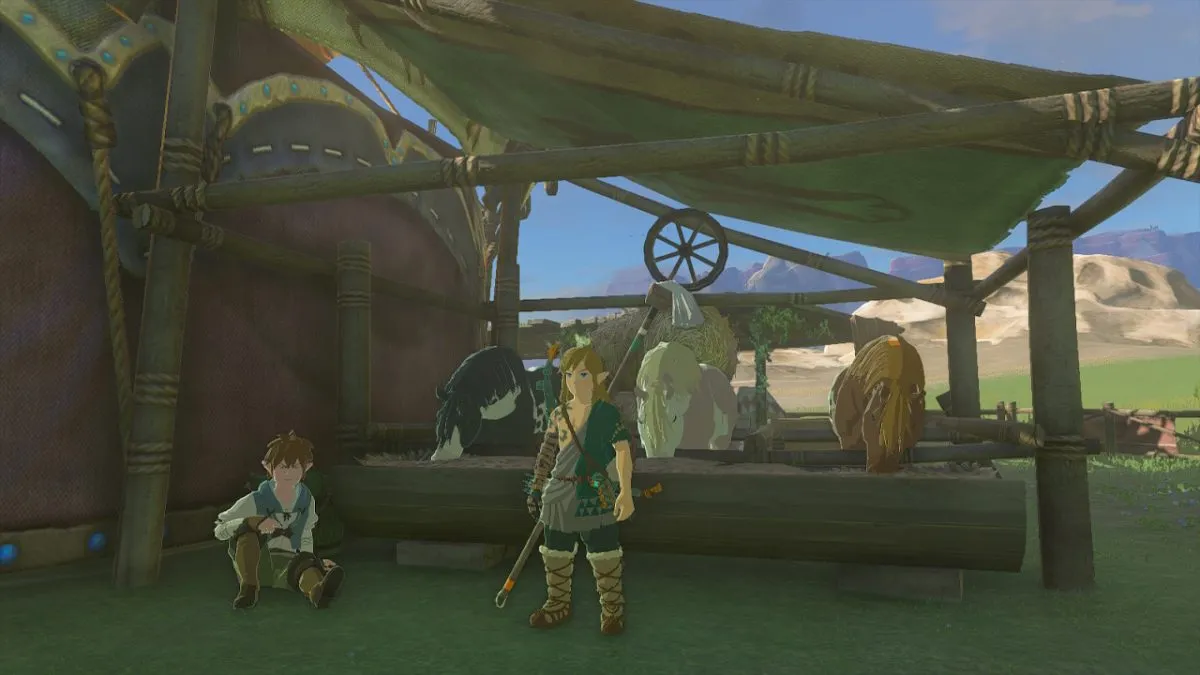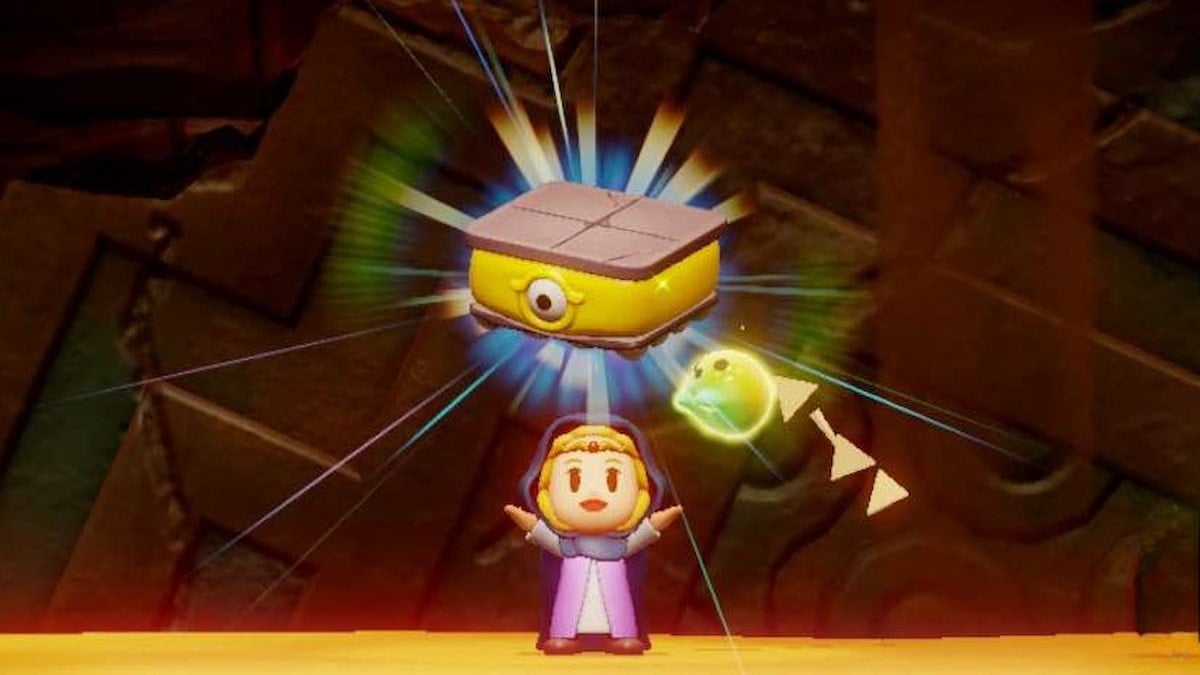With the last two Legend of Zelda games, Breath of the Wild and Tears of the Kingdom, being huge sales successes (31.15 million units and 19.5 million units, respectively), it’s no wonder series producer Eiji Aonuma considers them to be the new blueprint for the series going forward.
He said as much in a Game Informer interview in May 2023 and, more recently, he questioned why anybody would want the series to return to its more linear roots: “Why do you want to go back to a type of game where you’re more limited or more restricted in the types of things or ways you can play?”

His logic does make sense. In video games, surely more freedom and less restraint can only be a good thing, right? Well, not to everyone. There’s a decent number of fans who simply don’t enjoy the more open-ended structure or sandbox style of modern Zelda; who feel something has been lost in the shift and that the series needs to return to its roots. Aonuma seems to think there’s no reason to (although it’s argued his comments about linear games being a thing of the past were taken out of context), but why is everyone acting like Zelda needs to be one thing or the other when the series could simply travel down both paths?
Open-world Hyrule is not going away
Let’s not mince words: The open-world formula is here to stay. Go back and look at those sales numbers, not to mention the accolades. Breath of the Wild won no less than 25 awards, including Game of the Year at The Game Awards 2017. Tears of the Kingdom may have lost the same trophy to Baldur’s Gate 3 at this year’s show, but it still saw multiple nominations and took home the award for Best Action/Adventure Game. Most people love modern Zelda, and Nintendo has no reason to reverse course.
Even as someone who thinks Breath of the Wild and Tears of the Kingdom are masterpieces, though, there are aspects of the older games I miss and aspects of the newer ones I don’t care for. I’m very much in the camp of people who dislike the breakable weapons, while the plots of both games are rather minimalist and mostly told through flashbacks, and for as much as I praise the open-world sandbox of current Hyrule, it can be overwhelming. Sometimes, it’s preferable to embark on a journey that’s mostly from A to B without fear of being pulled in a million directions.

It’s ultimately a matter of preference, yet Aonuma’s comments to IGN about some players having a “grass is greener” mentality suggests their demands are colored by nostalgia. Sure, that plays a part of it, but it’s not as if all the previous games have aged poorly; I’d happily recommend newer fans check out titles such as Majora’s Mask and A Link Between Worlds if only because they’re fun to play. Besides, the older games weren’t entirely linear either. Sure, there’s not as much freedom as the newer ones, but there were still copious side activities to attempt in between the main goals. In fact, those two examples I mentioned above are some of the least linear Zelda games out there. A Link Between Worlds was arguably a testing ground for Breath of the Wild by allowing you to attempt the temples in any order.
There’s no reason for Zelda to abandon its current formula, but likewise there’s no reason for the series to completely abandon the original formula either. So, why not just do both? Why not alternate between the two styles of gameplay so fans of both stay happy? It’s a practice easier said than done, but Nintendo has already demonstrated it’s able and willing to try this with one of its other flagship franchises: Super Mario.
Multitasking Mario

Remember when Super Mario 64 launched in 1996, bringing the series into 3D, and its success prompted Nintendo to give up making 2D Mario games because they didn’t offer enough freedom? No, you don’t. Even after stellar 3D entries like Super Mario Galaxy and Super Mario Odyssey, Mario’s ventures in 2D have remained active and healthy, with the most recent entry Super Mario Bros. Wonder dropping just two months ago. Admittedly, it helps that 2D Mario games typically sell tens of millions of units (the original New Super Mario Bros. and New Super Mario Bros. Wii have sold over 30 million units each, more than any 3D Mario game). By comparison, classic Zelda games, while hardly financial failures, rarely came close to those kinds of sales figures. Until Breath of the Wild, the best-selling Zelda game was 2006’s Twilight Princess at 8.85 million copies (as of 2015). When compared to Breath of the Wild’s 30+ million sales, why wouldn’t Nintendo stick with it as the template for future games?
But employing a similar Super Mario-style strategy for Zelda could still be beneficial. Video games are taking longer and longer to make, and if future Zelda games will keep featuring massive open-world sandboxes, Nintendo can’t exactly have one out every few years. If possible, Nintendo should have smaller teams work on Zelda games that are more in line with the formula popularized by Ocarina of Time or top-down adventures like A Link Between Worlds: Linear, smaller-scale adventures that aren’t as content-rich but are still satisfying and fun to play. That way, another team can focus all its energy on the next large-scale open-world adventure.
Pokémon developer Game Freak does something similar, and consists of two teams, with one working on non-Pokémon projects. Or, Nintendo could even outsource Zelda to other studios. It already has such a relationship with Grezzo, which developed the remakes of Ocarina of Time, Majora’s Mask, and Link’s Awakening. It also helped out on Triforce Heroes, so why not let it handle an entirely original Zelda game while the main team’s busy with Tears of the Kingdom’s successor?
Perhaps Nintendo already has such plans in mind. Or perhaps the next Zelda game will reincorporate older elements while retaining its open world to appease fans. Only Nintendo knows, but even if the series is set to continue down this new path for a long time, I hope it doesn’t wind up discarding nearly everything that helped it get this far to begin with.







Published: Jan 5, 2024 05:09 am